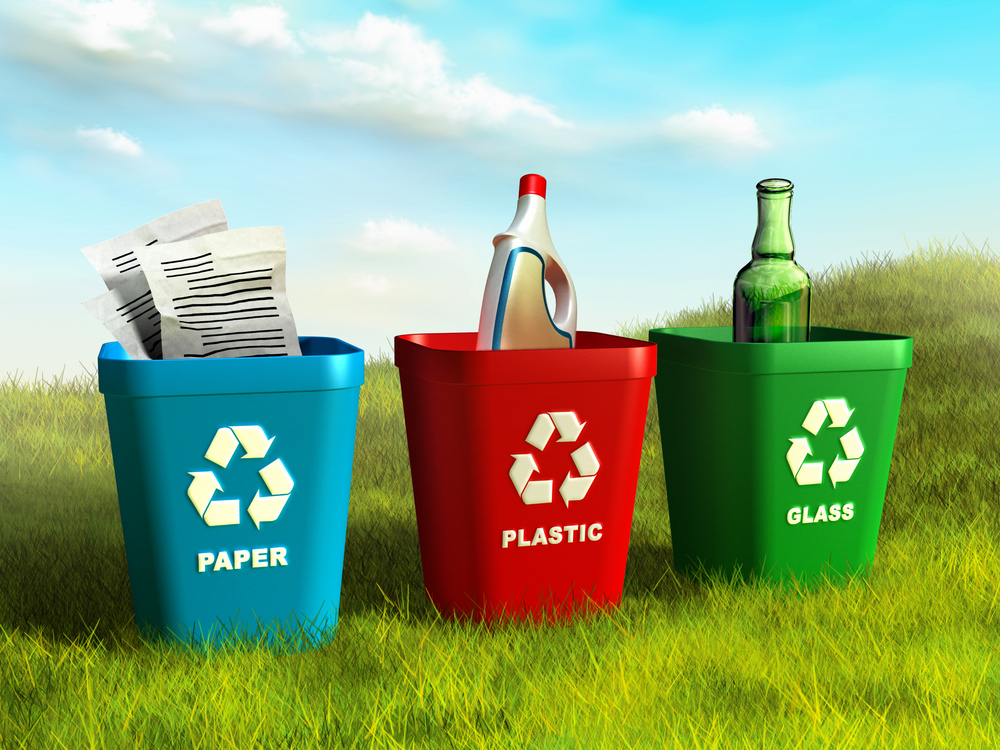Recycling is one of the simplest things we can do to help our planet. When we recycle, we reduce waste, save resources, and do our part to keep the Earth clean. In this post, we’re going to break down what recycling is, the good it does, and what around us can actually be recycled. We’re also going to look at how recycling each type of material helps our environment. So, let’s dive in!
What Exactly is Recycling?
When we talk about recycling, we mean taking something that has been used and turning it into something new instead of just tossing it in the trash. The goal of recycling is to cut down on waste and stop so much stuff from ending up in landfills or oceans.
But it’s not just about reducing trash. Recycling has tons of benefits. It saves energy because making new items from recycled materials usually takes less energy than making the same things from brand-new materials. It also helps us conserve our natural resources – like trees, water, and minerals – because we’re reusing materials we’ve already taken from the Earth. So, recycling is really a win-win!
Common Types of Recyclable Materials
Every time you recycle a newspaper or a cardboard box, you’re saving a tree from being cut down to make new paper. And those plastic bottles? They can be turned into everything from new bottles to clothing, carpeting, and more. Glass is super cool because it can be recycled over and over without losing any quality. And metals like aluminum and steel are also endlessly recyclable, which saves a ton of energy and keeps mining to a minimum.
Recycling each of these materials has a big impact on the environment. It means less trash ending up in our landfills and oceans, less energy used, and less harm to our natural resources. It’s a small step with a big result!
The Journey of Recyclables: A Step-by-step Process
Ever wonder what happens after you toss your recyclables into the bin? Here’s the step-by-step journey of your recyclables.
Collection and Sorting
First off, your recyclables start their journey at your curbside, waiting to be picked up. Trucks come around to collect your recycling bin and take it to a recycling facility.
At the recycling facility, the magic really starts to happen. Here, everything gets sorted out. Papers go with papers, plastics with plastics, and so on. This is super important because different materials need different processes to be recycled.

Processing and Transformation
Once everything is sorted, the real transformation begins. Different materials are processed in different ways. Paper gets pulped, glass is crushed, metal is shredded, and plastic is chopped into tiny bits. These processes help to break down the materials into a form that can be used to create new products.
Manufacturing
Next up is manufacturing. This is where the recycled materials are turned into new stuff. Recycled paper can become a notebook, a newspaper, or even toilet paper! Glass can be made into new bottles or jars. Metals can turn into cans, car parts, or even airplanes. And plastic? It could end up as a new water bottle, a beautiful dress, or a carpet.
Consumer Use and Repurchase
Finally, these recycled products make their way back to you, the consumer. You can find them at your local stores, ready to be used again. And when you buy recycled products, you close the recycling loop. This means that you’re not just part of the process when you toss your recyclables into the bin; you’re also part of the solution when you choose products made from recycled materials.
That’s the journey of your recyclables. It starts at your home and, with your help, it can circle back to you. It’s all about reducing, reusing, and recycling. This way, we keep the cycle going and do our part in taking care of our planet.
The Challenges of Recycling
Like many good things in life, recycling isn’t always easy. There are a few hurdles we need to overcome.
One major issue is contamination. This happens when non-recyclable items or dirty recyclables get mixed in with clean recyclables. This can ruin an entire batch of recyclables, making them unfit for reuse.
Economic factors can also pose a challenge. Sometimes, the cost of recycling certain materials can be higher than just making new ones.
And let’s not forget misconceptions about recycling. Some people think that all plastic can be recycled, which isn’t true. Only certain types of plastic can go into the recycling bin.
Another common challenge is getting your items to the recycling center. Certain recyclable furniture like glass tables are not easy to carry and might even be impossible to fit in your car!
How to Improve the Recycling Journey
But don’t worry, there’s a lot we can do to make recycling better.
As individuals, we can learn which items are recyclable and make sure we only put the right items in our recycling bins.
Communities can organize clean-up drives and promote recycling education.
Governments can create policies to make recycling easier and more efficient. They can also invest in advanced recycling technology to deal with more types of waste.
Speaking of technology, the future of recycling is looking bright. Innovations like automated sorting and advanced plastic recycling are paving the way for a world where more materials can be recycled in a more efficient way.
Conclusion
There you have it – the journey of recyclables, the challenges we face, and how we can all play a part in making things better. Remember, recycling is more than just a good habit, it’s our ticket to a cleaner and greener planet. Each piece of recycling may seem small, but together, we can make a big difference. Let’s keep recycling and keep our planet going strong!






